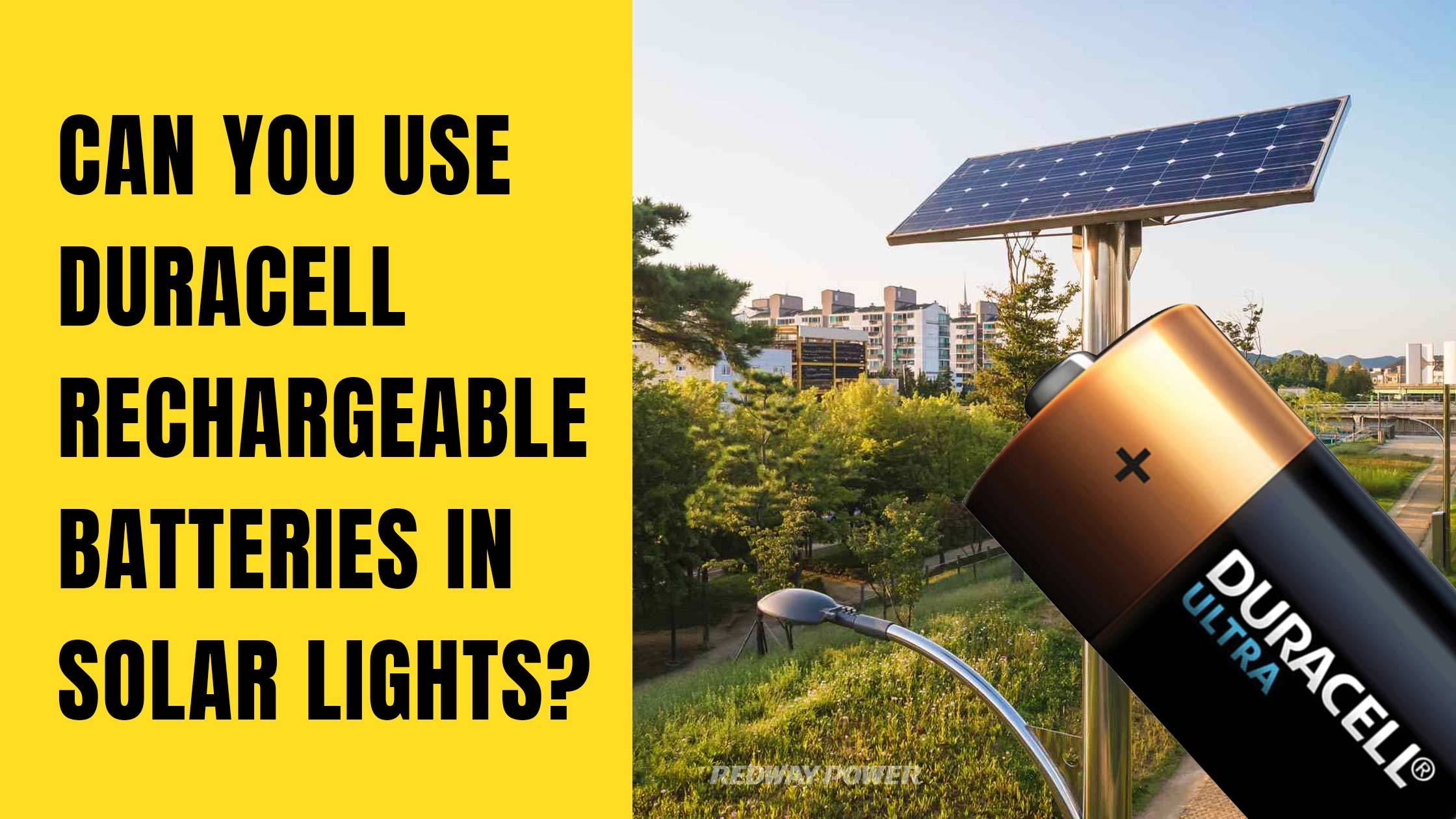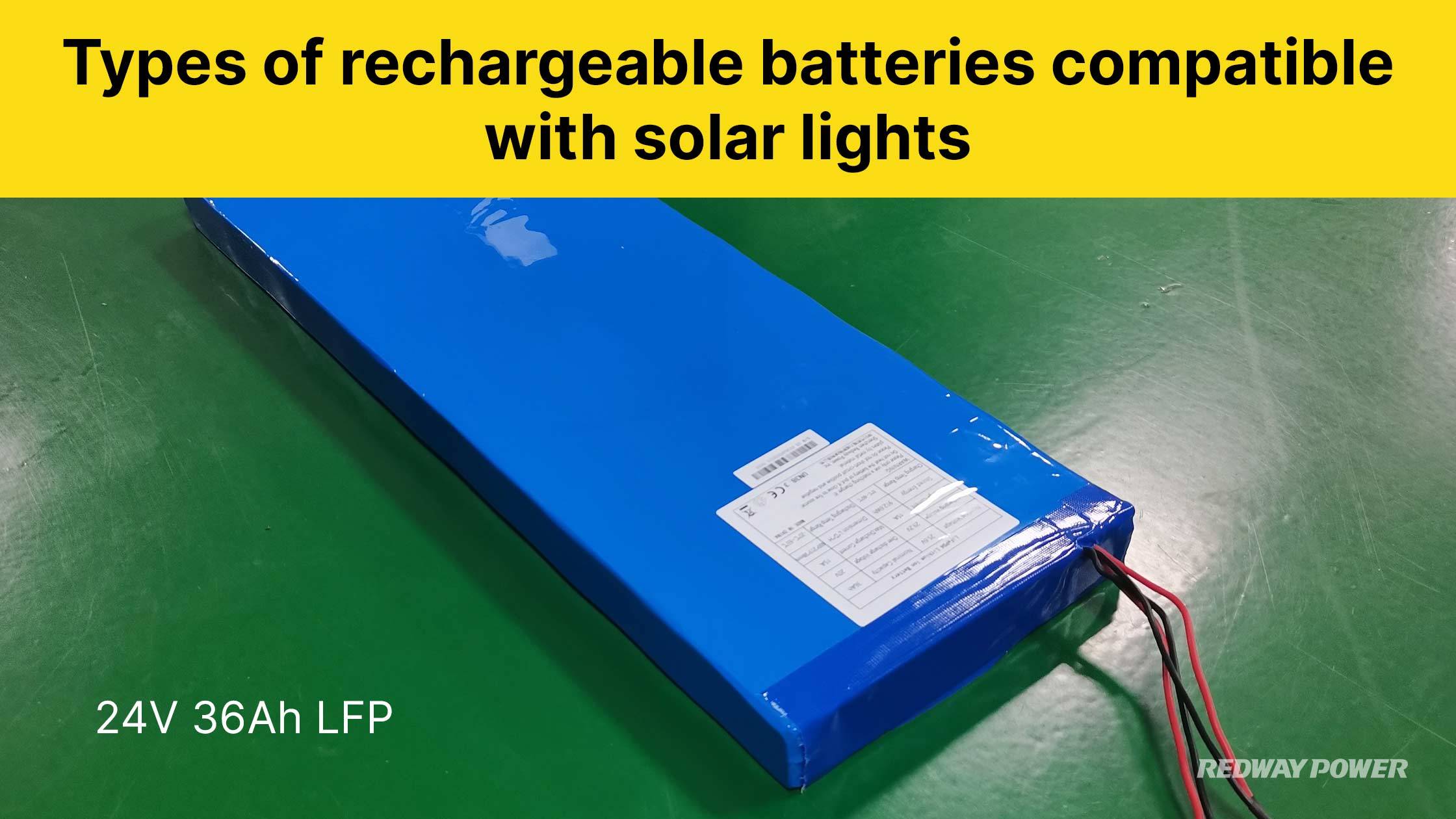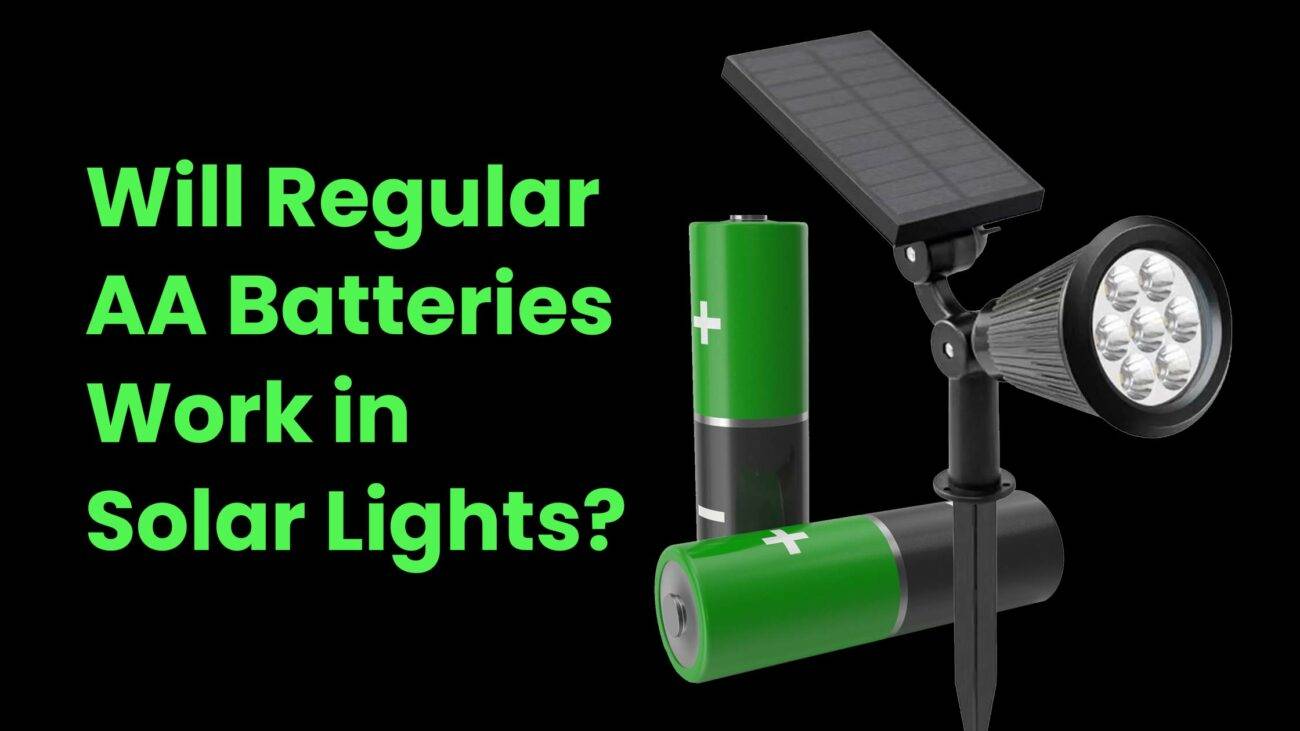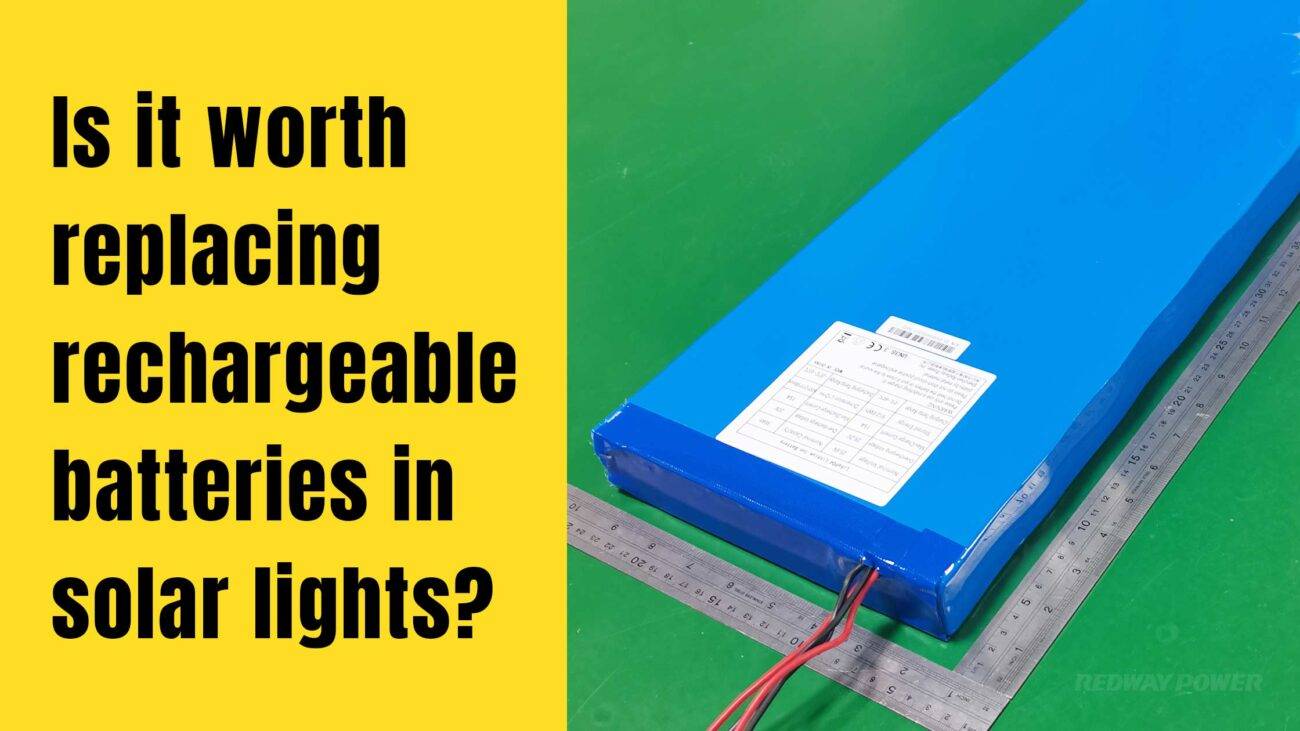- Forklift Lithium Battery
-
48V
- 48V 210Ah
- 48V 300Ah
- 48V 420Ah (949 x 349 x 569 mm)
- 48V 420Ah (950 x 421 x 450 mm)
- 48V 456Ah
- 48V 460Ah (830 x 630 x 590 mm)
- 48V 460Ah (950 x 421 x 450 mm)
- 48V 460Ah (800 x 630 x 600 mm)
- 48V 460Ah (820 x 660 x 470 mm)
- 48V 500Ah
- 48V 560Ah (810 x 630 x 600 mm)
- 48V 560Ah (950 x 592 x 450 mm)
- 48V 600Ah
- 48V 630Ah
-
48V
- Lithium Golf Cart Battery
- 12V Lithium Battery
12V 150Ah Lithium RV Battery
Bluetooth App | BCI Group 31
LiFePO4 Lithium
Discharge Temperature -20°C ~ 65°C
Fast Charger 14.6V 50A
Solar MPPT Charging - 24V Lithium Battery
- 36V Lithium Battery
- 48V Lithium Battery
-
48V LiFePO4 Battery
- 48V 50Ah
- 48V 50Ah (for Golf Carts)
- 48V 60Ah (8D)
- 48V 100Ah (8D)
- 48V 100Ah
- 48V 100Ah (Discharge 100A for Golf Carts)
- 48V 100Ah (Discharge 150A for Golf Carts)
- 48V 100Ah (Discharge 200A for Golf Carts)
- 48V 150Ah (for Golf Carts)
- 48V 160Ah (Discharge 100A for Golf Carts)
- 48V 160Ah (Discharge 160A for Golf Carts)
-
48V LiFePO4 Battery
- 60V Lithium Battery
-
60V LiFePO4 Battery
- 60V 20Ah
- 60V 30Ah
- 60V 50Ah
- 60V 50Ah (Small Size / Side Terminal)
- 60V 100Ah (for Electric Motocycle, Electric Scooter, LSV, AGV)
- 60V 100Ah (for Forklift, AGV, Electric Scooter, Sweeper)
- 60V 150Ah (E-Motocycle / E-Scooter / E-Tricycle / Tour LSV)
- 60V 200Ah (for Forklift, AGV, Electric Scooter, Sweeper)
-
60V LiFePO4 Battery
- 72V~96V Lithium Battery
- Rack-mounted Lithium Battery
- E-Bike Battery
- All-in-One Home-ESS
- Wall-mount Battery ESS
-
Home-ESS Lithium Battery PowerWall
- 24V 100Ah 2.4kWh PW24100-S PowerWall
- 48V 50Ah 2.4kWh PW4850-S PowerWall
- 48V 50Ah 2.56kWh PW5150-S PowerWall
- 48V 100Ah 5.12kWh PW51100-F PowerWall (IP65)
- 48V 100Ah 5.12kWh PW51100-S PowerWall
- 48V 100Ah 5.12kWh PW51100-H PowerWall
- 48V 200Ah 10kWh PW51200-H PowerWall
- 48V 300Ah 15kWh PW51300-H PowerWall
PowerWall 51.2V 100Ah LiFePO4 Lithium Battery
Highly popular in Asia and Eastern Europe.
CE Certification | Home-ESS -
Home-ESS Lithium Battery PowerWall
- Portable Power Stations
Can You Use Duracell Rechargeable Batteries in Solar Lights?

Yes, you can use Duracell rechargeable batteries in solar lights. These batteries are compatible with most solar lighting systems, providing reliable and efficient power. They offer advantages over traditional disposable batteries, such as longer lifespan and better performance under varying conditions.
Can you use Duracell rechargeable batteries in solar lights?
Duracell rechargeable batteries, particularly their NiMH (Nickel-Metal Hydride) variants, are suitable for use in solar lights. Most solar lights are designed to operate with 1.2V rechargeable batteries, and Duracell’s NiMH batteries typically provide this voltage when fully charged. It’s important to ensure that the battery capacity matches the requirements of the solar light for optimal performance.
Compatibility Chart
| Battery Type | Voltage (V) | Capacity (mAh) | Compatibility with Solar Lights |
|---|---|---|---|
| Duracell NiMH | 1.2 | 600 – 1000 | Yes |
| NiCd | 1.2 | 600 – 1200 | Yes |
| Alkaline | 1.5 | Varies | No |
What are the benefits of using rechargeable batteries in solar lights?
Using rechargeable batteries like those from Duracell in solar lights offers several advantages:
- Cost Efficiency: Although they have a higher initial cost, they can be recharged multiple times, reducing long-term expenses.
- Environmental Impact: Rechargeables produce less waste compared to disposable batteries, making them a more eco-friendly choice.
- Performance: They typically have higher capacities than standard alkaline batteries, providing longer-lasting illumination.
Benefits Chart
| Benefit | Description |
|---|---|
| Cost Efficiency | Reduces need for frequent replacements |
| Environmental Impact | Fewer disposable batteries contribute to less waste |
| Performance | Longer-lasting power for consistent lighting |
Rechargeable Batteries | Taken AA Rechargeable Batteries for Solar Lights
How do solar lights work with rechargeable batteries?
Solar lights operate by converting sunlight into electrical energy through photovoltaic cells during the day. This energy is stored in rechargeable batteries, which power the LED light source at night. When using rechargeable batteries, it’s essential to ensure they are adequately charged by sufficient sunlight exposure.
Operation Process Chart
| Step | Description |
|---|---|
| Sunlight Capture | Solar panel converts sunlight to electricity |
| Energy Storage | Energy is stored in rechargeable batteries |
| Nighttime Illumination | Batteries power LED lights after sunset |
What types of batteries are compatible with solar lights?
Solar lights generally work best with:
- NiMH Batteries: Commonly used due to their high capacity and lower self-discharge rates.
- NiCd Batteries: Older technology but still effective; however, they may have environmental concerns.
- Lead-Acid Batteries: Used in larger solar systems but not typical for small garden or pathway lights.
Battery Type Comparison Chart
| Battery Type | Voltage (V) | Capacity (mAh) | Common Uses |
|---|---|---|---|
| NiMH | 1.2 | 600 – 1200 | Garden/Pathway Solar Lights |
| NiCd | 1.2 | 600 – 1000 | Older Solar Lights |
| Lead-Acid | 12 | Varies | Larger Solar Systems |
Why should you choose Duracell rechargeable batteries for solar lights?
Duracell rechargeable batteries are known for their reliability and durability. They provide consistent power over multiple charge cycles and are designed to withstand extreme temperatures, making them ideal for outdoor conditions. Additionally, their long-lasting performance means fewer replacements and less hassle.
Advantages Chart
| Advantage | Description |
|---|---|
| Reliability | Consistent power output |
| Temperature Resistance | Performs well in various weather conditions |
| Long Lifespan | Fewer replacements needed |
How can you maintain rechargeable batteries in solar lights?
To ensure the longevity and efficiency of your rechargeable batteries:
- Regularly Check Charge Levels: Monitor battery performance and replace them if they no longer hold a charge.
- Store Properly: Keep spare batteries in a cool, dry place away from direct sunlight.
- Clean Contacts: Ensure battery contacts are clean to prevent corrosion and ensure good connections.
Maintenance Tips Chart
| Maintenance Tip | Description |
|---|---|
| Check Charge Levels | Regularly assess battery performance |
| Proper Storage | Store in cool, dry areas |
| Clean Contacts | Prevent corrosion for better connectivity |
Industrial News
Recent trends indicate a growing preference for high-capacity rechargeable batteries in outdoor applications like solar lighting. Manufacturers are focusing on improving battery chemistry to enhance performance and lifespan while reducing environmental impact. This shift aligns with increasing consumer demand for sustainable energy solutions.
Redway Power Insights
“Choosing the right battery for your solar lights can significantly impact performance,” states an industry expert. “Duracell’s reputation for quality ensures that users can rely on their products to provide sustainable lighting solutions while minimizing environmental waste.”
FAQ Section
Q: Can I use regular alkaline batteries in my solar lights?
A: No, regular alkaline batteries cannot be recharged and may damage the solar light’s charging mechanism.Q: How long do Duracell rechargeable batteries last in solar lights?
A: Depending on usage and conditions, Duracell rechargeable batteries can last several years with proper care.Q: What should I do if my solar light isn’t working?
A: Check the battery charge level, clean the contacts, and ensure the solar panel is receiving adequate sunlight.


















